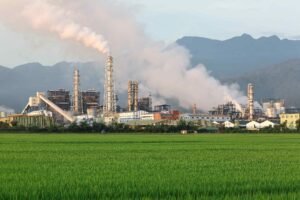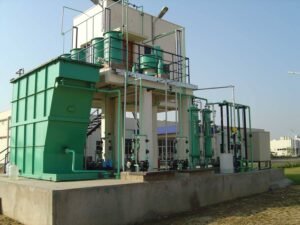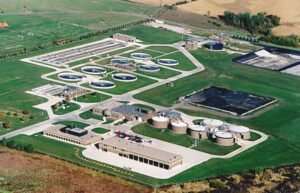Our Environmental Modeling services utilize advanced simulation tools to predict and analyze the potential impacts of projects on air, water, and soil. By creating accurate models, we help clients understand environmental risks, optimize mitigation strategies, and ensure compliance with regulatory standards. These models enable informed decision-making for sustainable development.

Air Dispersion Modeling
The dispersion models are used to estimate or to predict the downwind concentration of air pollutants or toxins emitted from sources such as industrial plants, vehicular traffic or accidental chemical… View More

Noise Dispersion Modeling
Noise dispersion modeling is widely used in construction activities, industrial and traffic noise propagation for which an environmental noise assessment is carried out. The results export graph and contours… View More

VOC and HAP Modeling
Using EPA TANKS Model estimates Volatile Organic Compound (VOC) and Hazardous Air Pollutant (HAP) emissions from Fixed- and Floating-Roof Storage Tanks. Emission estimation carried out using EPA’s Compilation… View More

Vehicular Dispersion Model
This modeling is used for predicting air pollution concentrations of carbon monoxide (CO), nitrogen dioxide (NO2), particulate matter (PM), and other inert gases from idle or moving motor vehicles near… View More

Risk Assessment Modeling
RA models – for toxic gas clouds, flammable gas clouds, BLEVEs (Boiling Liquid Expanding Vapor Explosions), jet fires, pool fires, and vapor cloud explosions. Further RA Model estimates the nature and… View More

Coast and Sea modeling
This model used for design data assessment for coastal and offshore structures, Cooling water, desalination, and recirculation analysis optimization of coastal outfalls, Environmental impact assessment… View More







